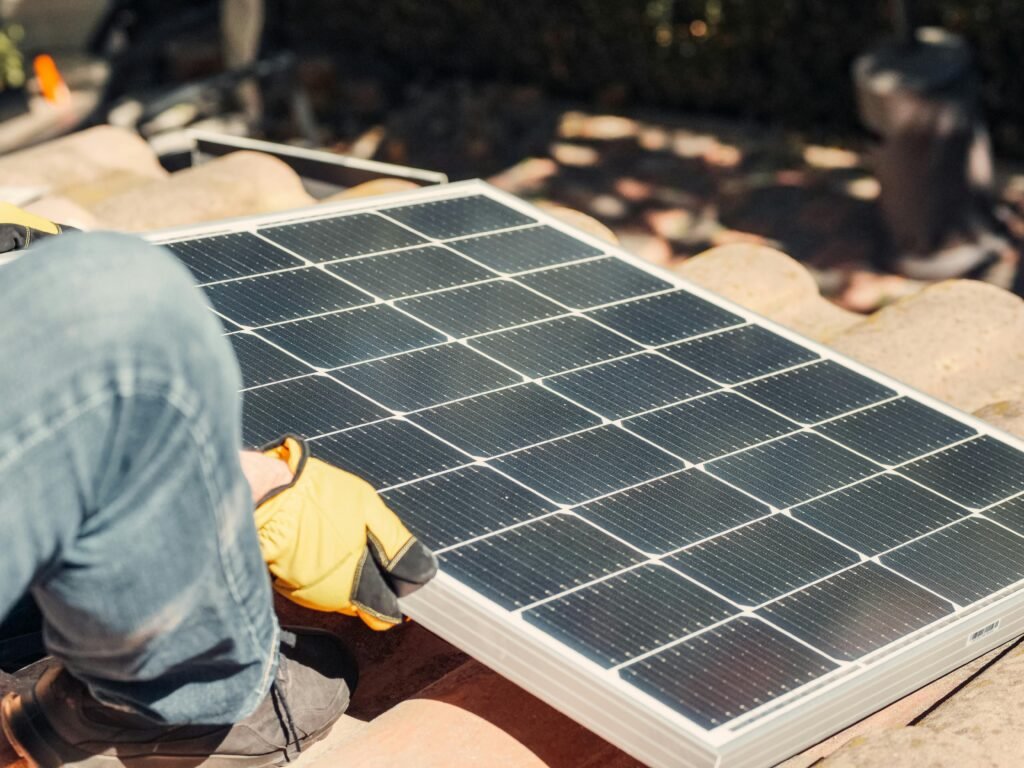Sustainable Solutions for Artificial Plants: Biodegradable Options
Have you ever considered the environmental impact of artificial plants? Your artificial plant décor may seem harmless, but have you thought about what happens to them once they reach the end of their lifespan? In this article, you will learn about sustainable solutions for artificial plants, specifically focusing on biodegradable options that are better for the environment. Let’s explore eco-friendly alternatives for artificial plant enthusiasts like yourself.
The Environmental Impact of Artificial Plants
Artificial plants have gained popularity in home and office décor due to their low maintenance and everlasting beauty. However, these synthetic plants come with a significant environmental impact. Most artificial plants are made from non-biodegradable materials such as plastic, silk, and other synthetic fibers. When these artificial plants are disposed of, they end up in landfills, where they can take hundreds of years to decompose, releasing harmful chemicals into the environment.
The Problem with Traditional Artificial Plants
Traditional artificial plants are typically made from plastic, polyester, and other synthetic materials, which are not biodegradable. This means that when these plants are discarded, they end up in landfills, where they take centuries to break down. During this decomposition process, these artificial plants release harmful chemicals and toxins into the soil and water, contributing to pollution and environmental degradation.
Biodegradable Materials for Artificial Plants
To combat the negative environmental impact of traditional artificial plants, many manufacturers are turning to biodegradable materials as a more sustainable alternative. Biodegradable materials are those that can break down naturally in the environment without causing harm. Below are some common biodegradable materials used in the production of artificial plants:
Natural Fibers
Natural fibers such as jute, bamboo, and cotton are excellent biodegradable alternatives to synthetic materials like plastic and polyester. These fibers break down naturally in the environment, reducing the overall environmental impact of artificial plants. Additionally, natural fibers are renewable resources, making them a more sustainable choice for eco-conscious consumers.
Bioplastic
Bioplastics are a type of biodegradable plastic made from renewable sources such as corn starch, sugarcane, and potato starch. Unlike traditional plastics, bioplastics can break down naturally in the environment without releasing harmful toxins. Many manufacturers are now using bioplastics in the production of artificial plants to reduce their impact on the environment.

This image is property of images.pexels.com.
Benefits of Choosing Biodegradable Artificial Plants
Opting for biodegradable artificial plants offers various benefits for both you and the environment. Here are some reasons why you should consider switching to biodegradable options:
Eco-Friendly
Biodegradable artificial plants are better for the environment as they break down naturally without causing harm to ecosystems. By choosing biodegradable options, you are reducing your carbon footprint and contributing to a more sustainable future for our planet.
Non-Toxic
Unlike traditional artificial plants made from synthetic materials, biodegradable plants are free from harmful chemicals and toxins. This means that they are safer for your health and the environment, making them a healthier choice for your home or office décor.
Sustainable
Biodegradable materials are derived from renewable sources, making them a more sustainable choice for artificial plant production. By opting for biodegradable plants, you are supporting manufacturers who are committed to sustainable practices and reducing their environmental impact.
How to Identify Biodegradable Artificial Plants
With the increasing demand for sustainable products, many manufacturers now offer biodegradable artificial plants as an eco-friendly alternative. When shopping for artificial plants, here are some tips to help you identify biodegradable options:
Read the Label
Check the product label or description to see if the artificial plant is made from biodegradable materials. Look for terms such as “biodegradable,” “eco-friendly,” or “made from sustainable materials” to ensure that you are choosing a more environmentally friendly option.
Ask the Manufacturer
If you are unsure about the materials used in the production of artificial plants, reach out to the manufacturer for more information. Many companies are transparent about their manufacturing processes and will be happy to provide details about the sustainability of their products.
Look for Certifications
Some biodegradable artificial plants may carry certifications from third-party organizations that verify their eco-friendly credentials. Look for labels such as “Certified Biodegradable” or “EcoCert” to ensure that you are choosing a genuine sustainable option.

This image is property of images.pexels.com.
DIY Biodegradable Artificial Plants
If you’re feeling creative, you can even make your own biodegradable artificial plants using natural materials. Here are some simple DIY ideas to get you started:
Paper Plants
Create paper plants by cutting and folding recycled paper into leaf shapes. You can then attach the paper leaves to branches or stems to create a realistic-looking plant that is completely biodegradable.
Fabric Flowers
Use biodegradable fabrics such as cotton or linen to craft fabric flowers that can be displayed as artificial plants. Experiment with different colors and textures to create unique and eco-friendly floral décor for your home or office.
Clay Succulents
Shape air-dry clay into succulent shapes and paint them with eco-friendly paints to create clay succulents that look like the real thing. These clay plants are durable and biodegradable, making them a sustainable addition to your artificial plant collection.
Biodegradable vs. Compostable Artificial Plants
When it comes to sustainable artificial plants, you may come across the terms “biodegradable” and “compostable.” While both options are environmentally friendly, there are some key differences between the two:
Biodegradable
Biodegradable artificial plants are made from materials that can break down naturally in the environment over time. These plants do not require specific conditions to decompose and will eventually return to the earth without leaving behind any toxic residues.
Compostable
Compostable artificial plants are designed to break down in composting facilities, where they can be turned into nutrient-rich soil. These plants require specific conditions, such as heat, moisture, and oxygen, to decompose properly and may not break down as easily in a regular landfill setting.

This image is property of images.pexels.com.
Sustainable Practices for Artificial Plant Care
Taking care of your artificial plants in a sustainable way can help extend their lifespan and reduce waste. Here are some eco-friendly practices for artificial plant care:
Dust Regularly
Dust buildup can make your artificial plants look dull and dirty. Use a soft cloth or a gentle brush to dust your plants regularly to keep them looking fresh and vibrant. This simple maintenance task can help prolong the life of your artificial plants.
Avoid Harsh Chemicals
When cleaning your artificial plants, opt for natural cleaning solutions instead of harsh chemicals. Mix equal parts water and vinegar in a spray bottle and lightly mist your plants to remove dust and grime. This gentle cleaning method is safer for the environment and your health.
Repurpose and Recycle
Instead of throwing away your old artificial plants, consider repurposing them into new décor items. You can dismantle the plants and use the materials for craft projects or donate them to schools and community centers for creative reuse. Recycling your artificial plants helps reduce waste and promotes sustainability.
Conclusion
In conclusion, sustainable solutions for artificial plants are essential in reducing the environmental impact of synthetic décor items. By choosing biodegradable artificial plants made from eco-friendly materials, you can help support a more sustainable future for our planet. Whether you opt for ready-made biodegradable options or get creative with DIY projects, there are plenty of ways to incorporate eco-friendly artificial plants into your home or office décor. Make a positive impact on the environment by making conscious choices when it comes to decorating with artificial plants. Remember, every small change counts towards a greener and healthier planet for future generations.



